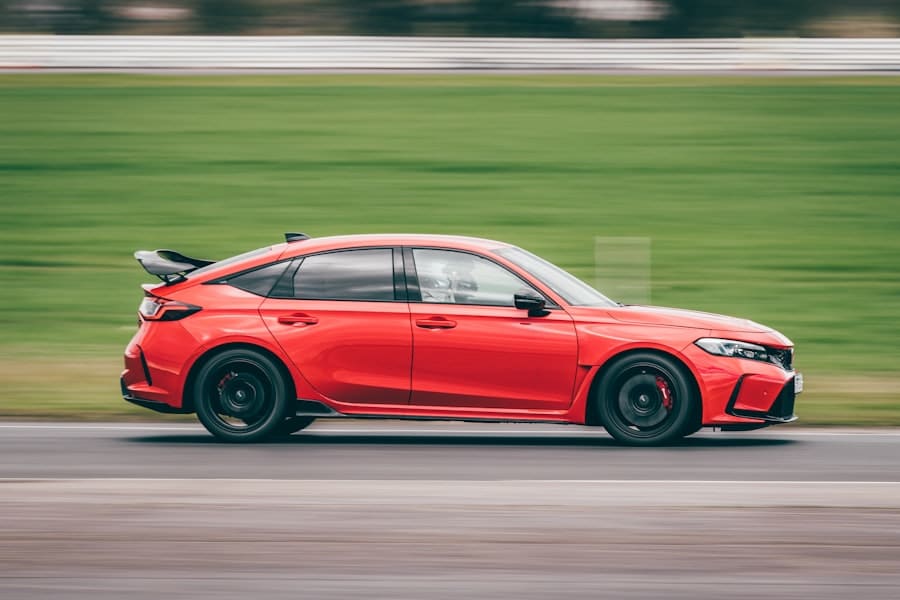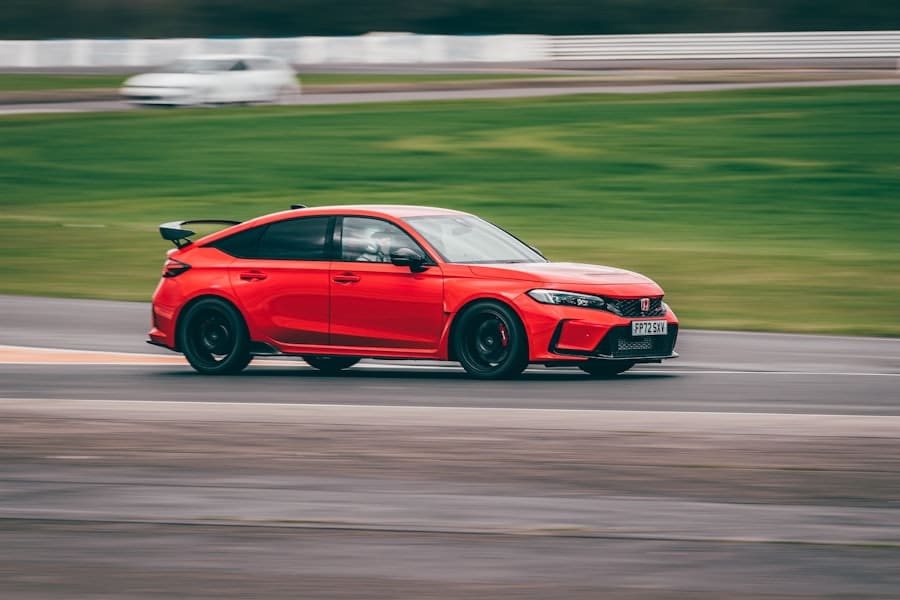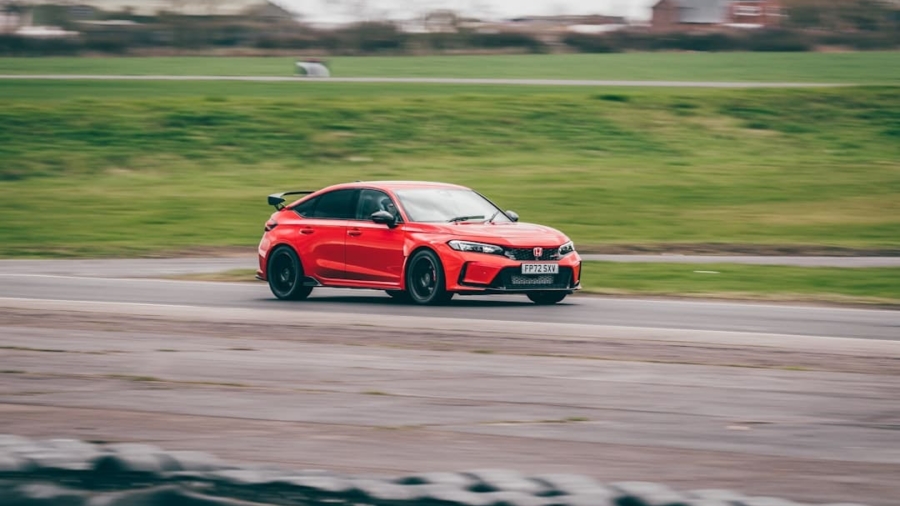Reaction time is a critical component in various competitive sports, particularly in shooting disciplines where milliseconds can determine the outcome of a match. In shooting, reaction time refers to the interval between the presentation of a stimulus—such as a target appearing—and the shooter’s response, which typically involves aiming and firing. This split-second decision-making process is not merely about physical speed; it also encompasses cognitive processing, where the shooter must quickly assess the situation, make judgments, and execute their shot with precision.
A faster reaction time can significantly enhance a shooter’s performance, allowing them to capitalize on fleeting opportunities that slower competitors might miss. Moreover, the importance of reaction time extends beyond individual performance; it can influence the dynamics of competitive shooting as a whole. In high-stakes environments, such as Olympic events or national championships, the pressure to perform can amplify the significance of reaction time.
Shooters often find themselves in scenarios where they must respond to unexpected changes, such as a sudden shift in wind conditions or an unanticipated movement of the target. Those with superior reaction times are better equipped to adapt to these variables, maintaining composure and executing their shots effectively. This adaptability is crucial in competitive shooting, where the ability to think and act quickly can be the difference between winning and losing.
Key Takeaways
- Reaction time is crucial in competitive shooting as it can determine the outcome of a match.
- Accuracy is a key factor in competitive shooting, as even the smallest deviation can result in a missed target.
- Speed plays a significant role in tactical decision making, as quick thinking and action can give a competitive edge.
- Performance in shooting directly impacts overall game strategy, as it can dictate the flow and outcome of a match.
- The relationship between speed and success in competitive shooting is evident, as faster shooters often achieve better results.
- The psychological aspect of speed and performance in shooting is important, as mental focus and control can affect speed and accuracy.
- Equipment and gear can influence speed and performance in shooting, so having the right tools is essential for success.
- Training techniques are crucial for improving speed and performance in competitive shooting, as they can help shooters develop the necessary skills and abilities.
The Role of Accuracy in Competitive Shooting
Accuracy is the cornerstone of competitive shooting, serving as the primary measure of a shooter’s skill and effectiveness. In disciplines such as precision rifle shooting or pistol competitions, hitting the target consistently is paramount. Accuracy is not merely about hitting the target; it involves striking specific zones that yield higher scores.
For instance, in Olympic air rifle events, shooters aim for a bullseye that is only 10 millimeters in diameter. Achieving such precision requires not only exceptional marksmanship but also an understanding of various factors that can affect shot placement, including breathing control, trigger pull, and body positioning. The interplay between accuracy and other performance metrics, such as speed and reaction time, is also noteworthy.
While a shooter may possess remarkable speed in their draw or trigger pull, if their accuracy falters, their overall performance will suffer. This relationship underscores the necessity for shooters to strike a balance between speed and precision. Training regimens often emphasize drills that enhance both aspects simultaneously.
For example, a shooter might practice rapid-fire sequences while maintaining strict adherence to accuracy standards, thereby developing muscle memory that allows for quick yet precise shooting under pressure.
How Speed Affects Tactical Decision Making

In competitive shooting, speed is not solely about how quickly a shooter can pull the trigger; it also encompasses the broader tactical decision-making process. Shooters must evaluate their surroundings, assess threats or opportunities, and make split-second decisions that can influence their performance. For instance, in dynamic shooting sports like action pistol competitions, participants navigate courses that require them to engage multiple targets from various positions while managing time constraints.
The ability to make rapid tactical decisions—such as when to engage a target or when to reposition—can significantly impact a shooter’s score and overall success. Furthermore, speed in decision-making can enhance a shooter’s situational awareness. A shooter who can quickly analyze their environment and anticipate potential challenges is better prepared to respond effectively.
For example, if a shooter recognizes that certain targets are more challenging due to environmental factors like lighting or wind, they can adjust their approach accordingly. This adaptability is crucial in high-pressure situations where every second counts, reinforcing the idea that speed in tactical decision-making is as vital as physical speed in executing shots.
The Impact of Performance on Overall Game Strategy
Performance in competitive shooting is intricately linked to overall game strategy. Shooters must develop comprehensive strategies that account for their strengths and weaknesses while also considering the dynamics of their competition. A shooter’s performance can dictate their approach to a match; for instance, if they excel in accuracy but struggle with speed, they may prioritize precision shots over rapid-fire sequences.
Conversely, a competitor who thrives on speed may adopt a more aggressive strategy that emphasizes quick engagements with targets. Moreover, understanding one’s performance metrics allows shooters to make informed adjustments during competitions. For example, if a shooter notices that their accuracy diminishes under time pressure, they might choose to slow down their pace slightly to ensure better shot placement.
This strategic flexibility is essential in competitive shooting, where conditions can change rapidly and competitors must adapt accordingly. By analyzing performance data—such as hit ratios and reaction times—shooters can refine their strategies for future events, ultimately enhancing their chances of success.
The Relationship Between Speed and Success in Competitive Shooting
The relationship between speed and success in competitive shooting is multifaceted and often context-dependent. In many shooting disciplines, particularly those that involve timed events or rapid-fire scenarios, speed can be a decisive factor in determining outcomes. Competitors who can execute shots quickly while maintaining accuracy often find themselves at an advantage over those who may take longer but are more precise.
This dynamic creates an environment where shooters are constantly striving to improve both their speed and accuracy to gain a competitive edge. However, it is essential to recognize that speed alone does not guarantee success. A shooter who prioritizes rapid execution at the expense of accuracy may find themselves missing critical shots or incurring penalties for missed targets.
Therefore, successful shooters must cultivate a harmonious balance between these two elements. Training programs often incorporate drills designed to enhance both speed and accuracy simultaneously, allowing shooters to develop the necessary skills to excel in high-pressure situations while still achieving consistent results on target.
The Psychological Aspect of Speed and Performance in Shooting

The psychological aspect of speed and performance in shooting cannot be overstated. Competitive shooters often face immense pressure to perform well within tight time constraints, which can lead to anxiety and affect their overall performance. The mental game plays a crucial role in how shooters manage their speed and accuracy during competitions.
Those who can maintain focus and composure under pressure are more likely to execute their shots effectively and make sound tactical decisions. Visualization techniques are commonly employed by competitive shooters to enhance their mental preparedness. By mentally rehearsing scenarios—such as engaging targets quickly while maintaining accuracy—shooters can build confidence in their abilities and reduce anxiety during actual competitions.
Additionally, mindfulness practices can help shooters stay present and focused on the task at hand rather than becoming overwhelmed by external pressures or distractions. This psychological resilience is vital for achieving optimal performance levels in competitive shooting.
The Influence of Equipment and Gear on Speed and Performance
The equipment and gear used in competitive shooting significantly influence both speed and performance outcomes. Firearms, ammunition, sights, and other accessories are designed with specific features that can enhance a shooter’s capabilities. For instance, lightweight firearms may allow for quicker handling and faster target acquisition compared to heavier models.
Similarly, high-quality optics can improve aiming precision while reducing the time needed to align sights on target. Moreover, personal preferences regarding gear can also impact performance. Shooters often customize their equipment based on individual needs and styles; for example, some may prefer adjustable triggers that allow for quicker pulls without sacrificing control.
The choice of ammunition can also play a role; faster-burning powders may result in reduced recoil, enabling quicker follow-up shots. Ultimately, understanding how different equipment affects speed and performance allows shooters to make informed decisions about their gear choices, optimizing their setup for competitive success.
Training Techniques to Improve Speed and Performance in Competitive Shooting
To enhance speed and performance in competitive shooting, targeted training techniques are essential. One effective method involves incorporating drills that focus on both speed and accuracy simultaneously.
This type of training not only improves reaction times but also reinforces muscle memory for quick target acquisition. Another valuable training technique is the use of timed exercises that simulate competition conditions. By setting specific time limits for engaging targets or completing courses of fire, shooters can develop their ability to perform under pressure while honing their decision-making skills.
Additionally, incorporating mental training exercises—such as visualization or mindfulness practices—can further enhance focus and composure during high-stress situations. Regularly analyzing performance metrics is also crucial for improvement. Shooters should track their progress over time by recording data related to reaction times, accuracy rates, and overall scores during practice sessions and competitions.
This information allows them to identify areas for improvement and adjust their training regimens accordingly. In conclusion, improving speed and performance in competitive shooting requires a multifaceted approach that encompasses physical training, mental preparation, equipment optimization, and strategic planning. By focusing on these elements holistically, shooters can enhance their capabilities and increase their chances of success in competitive environments.
In the realm of competitive shooting, speed and performance are critical factors that can make or break a shooter’s success. This is akin to the fast-paced world of digital trends, where staying ahead of the curve is essential. An interesting parallel can be drawn with the article on Top Trends on Instagram 2023, which discusses the importance of keeping up with the latest trends to maintain a competitive edge. Just as shooters must hone their skills to achieve peak performance, influencers and brands on Instagram must adapt to emerging trends to capture their audience’s attention and stay relevant in a rapidly evolving digital landscape.
FAQs
What is the importance of speed and performance in competitive shooters?
Speed and performance are crucial in competitive shooters as they can make the difference between winning and losing. Faster reaction times and quicker movements can give players a competitive edge.
How does speed impact competitive shooters?
Speed impacts competitive shooters by allowing players to react faster to in-game situations, such as spotting and taking down opponents. It also enables players to move swiftly across the game environment, gaining tactical advantages.
What role does performance play in competitive shooters?
Performance in competitive shooters refers to the overall efficiency and effectiveness of a player’s actions. This includes aiming accuracy, weapon handling, and overall gameplay skills. High performance can lead to better results in competitive matches.
How do speed and performance affect the outcome of competitive shooter matches?
In competitive shooter matches, speed and performance directly impact the outcome by influencing a player’s ability to outmaneuver opponents, secure kills, and achieve objectives. Players with superior speed and performance often have a higher chance of success.
What are some strategies for improving speed and performance in competitive shooters?
Strategies for improving speed and performance in competitive shooters include practicing regularly, honing aiming skills, optimizing in-game settings for better performance, and staying physically and mentally sharp during gameplay. Additionally, studying game mechanics and learning from experienced players can also contribute to improvement.

